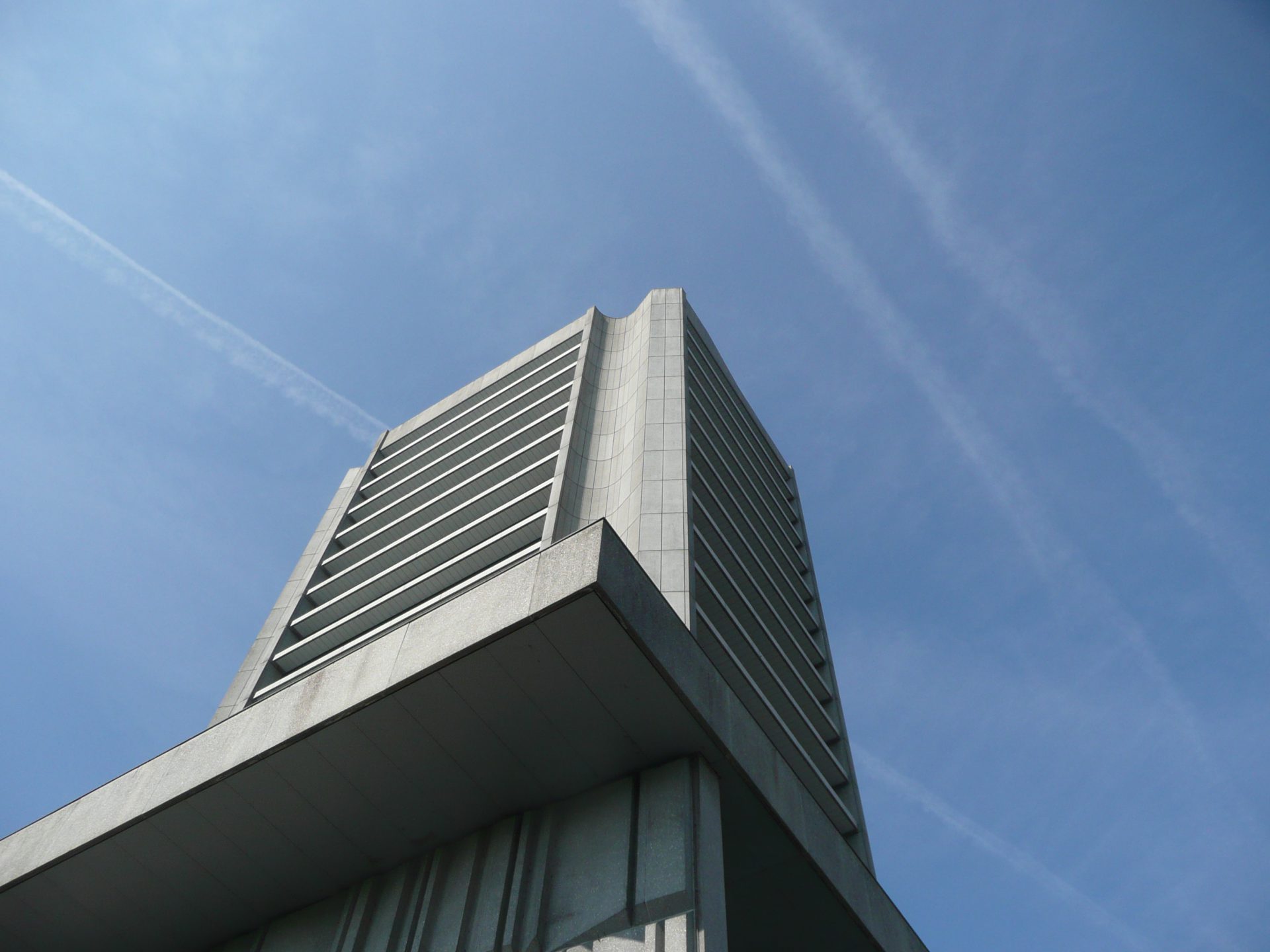Dr. Ir. W. Hupkesbrug
This steel truss bridge built in 1869 is 865 meters long and is part of the Utrecht – ‘s-Hertogenbosch railway line. It is supported by 10 pillars, creating 3 spans of 125 metres and 8 spans of 61 metres. The pillars are constructed of brickwork with a natural stone covering.
Due to the difficult accessibility of the pillars, Solid Services carried out the inspections by means of rope access. Cracks, deformation and other defects in the pillars were identified and recorded. The concrete foundation blocks and the metal railings on the pillars were also assessed.
Additional information
During the Second World War, the various bridges between Waardenburg and Zaltbommel were destroyed several times. Two large spans of both tracks of the railway bridge were destroyed. The bridge sections were blown up and strewn criss-cross across the river. Restoration of the railway bridge was started shortly after the capitulation on 14 May 1940. By the end of 1940, the bridge had been repaired to a state that enabled a train to pass every hour.
However, the Germans destroyed the bridge again in 1944. Repairs followed once again and by 1947, it had been restored enough to enable train traffic on one track. The bridge was not double-tracked again until 1951. When it opened that year, the bridge was renamed the Dr. W. Hupkesbrug after Dr. Willem Hupkes (1880 – 1965), former director of the Dutch railways, who organised the 1944 railway strike as an act of resistance against the Germans.

